Born in the small Eastern Cape coastal city of East London, Mdingi is an award-winning fashion designer known for his “tactile made-in-Africa pieces” (a reference from an article about the Cape Town-based designer in Vogue magazine). The Provenance Part II offers an opportunity to dive even deeper into the designer’s world in a layered, thematic way. In Mdingi’s words: “The exhibition focuses on the preservation of archives, looking into the deep lineage of Bantu indigeneity and Black Consciousness in South Africa that has manifested."
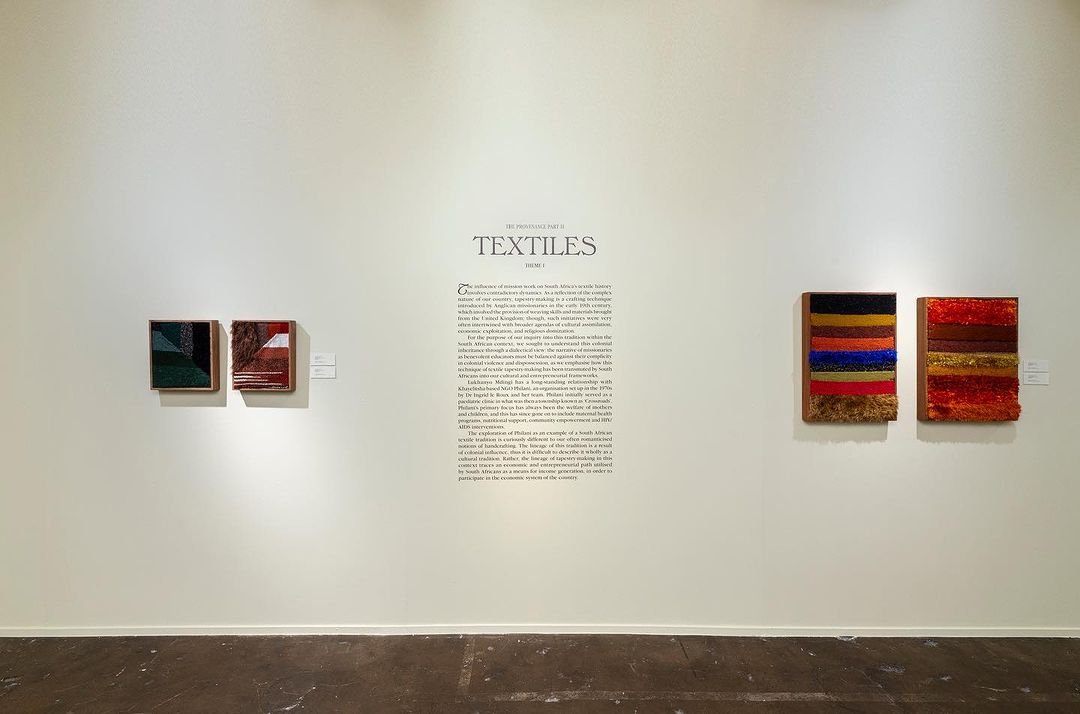
Mdingi draws on textiles, literature, and music to encourage inquiry into the role of colonialism and mission work in South Africa’s history. Constitution Hill's rich history adds yet another layer of meaning to this exhibition, making it a profound space of contemplation.
The exhibition merges a hybrid of research and archival material, as well as design and artistic elements, all within the context of Bantu heritage – a concept Mdingi felt compelled to explore personally and present to a larger audience.
The experience of walking through the installations took this reviewer along a journey into their own childhood, with a growing sense of nostalgia and remembrance for the people who paved the way before us. It’s striking how much of the history on display previously went undocumented and wasn’t valued by outside observers, let alone seen as worthy of an exhibition.
“The exhibition focuses on the preservation of archives, looking into the deep lineage of Bantu indigeneity and Black Consciousness in South Africa that has manifested."
The Provenance Part II is in many ways a tribute to our ancestors. It signals that we would not be able to achieve greatness without the sacrifices made by others – it’s why we have a platform to be creative and tell our own stories today. This is a topic we’ve been exploring lately in our coverage at large. Perhaps it has risen to the surface because of the weight of having arrived at 30 years of democracy in South Africa? Either way, it’s an important exercise in the recovery of our country’s history and previously silenced cultures and voices. Exploring this theme from a different angle, read our article on resistance artists finally in the spotlight.
Each part of this exhibition firmly roots Mdingi’s work within a broader community. In the section entitled Theme I – Textiles, we see textile artworks designed by Mdingi and created by the Mothers of Philani, a Khayelitsha-based NGO founded in the 1970s by Dr Ingrid Le Roux and her team. Philani initially served as a pediatric clinic focused on the welfare of mothers and children. Through this display, we see Mdingi solidifying himself as a visual artist with textiles as his medium.
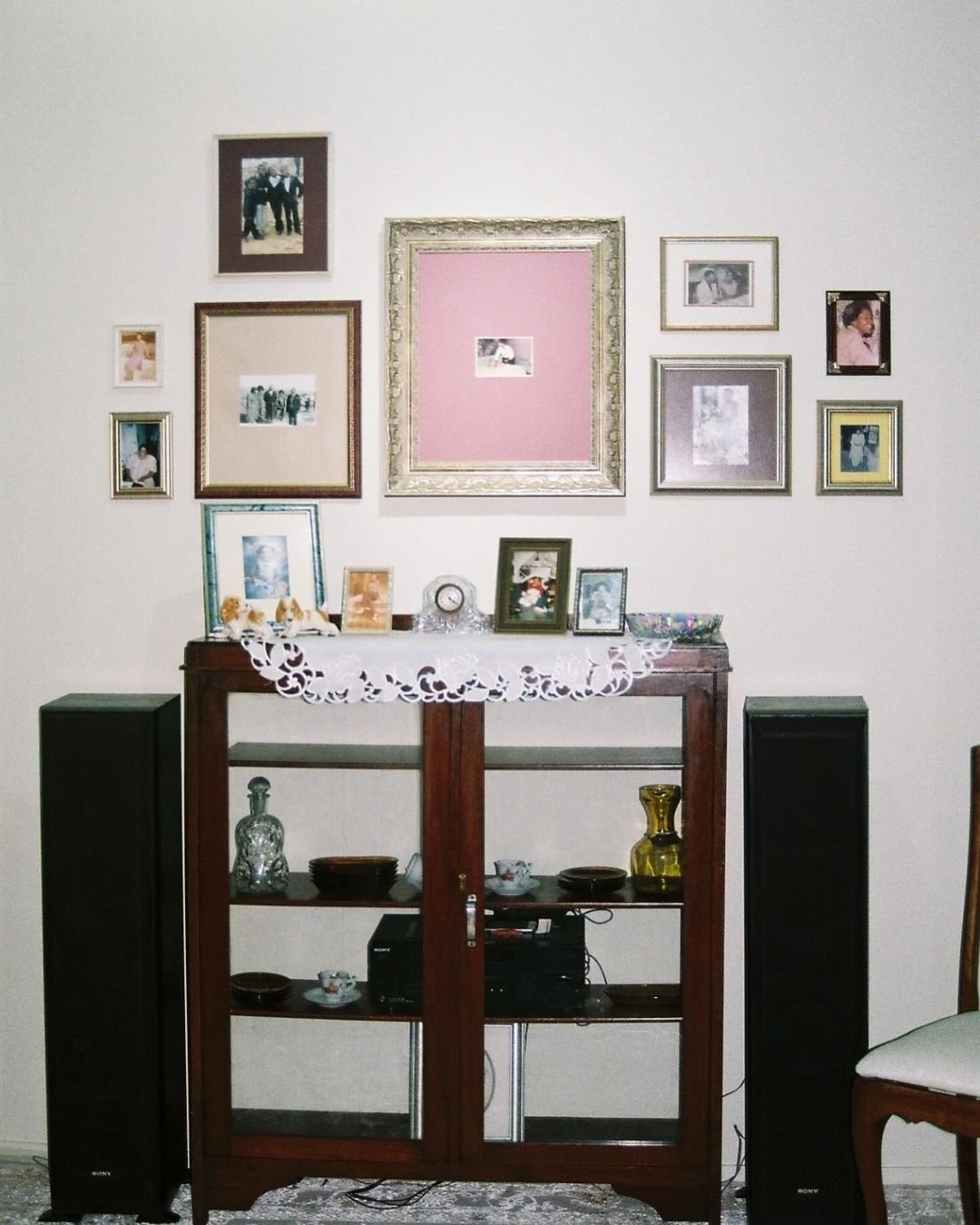
For Theme II – Literature, Mdingi and his collaborators travelled to the Amathole Museum in Qonce, or King William's Town; a natural history museum whose exhibits include anthropological, scientific, and historical gems. Here they encountered parts of the Lovedale Press archives, leading to a deeper understanding of the call for archiving as a process of articulating and preserving memory and identity.
In another part of the exhibition, we’re invited to step into the designer’s childhood with a recreation of his grandmother’s living room, who was a lecturer by profession. Deeply inspired by this space, Mdingi describes it as a sanctuary for knowledge and curiosity. This is where he could explore his identity more fully and, to some extent, discover himself.
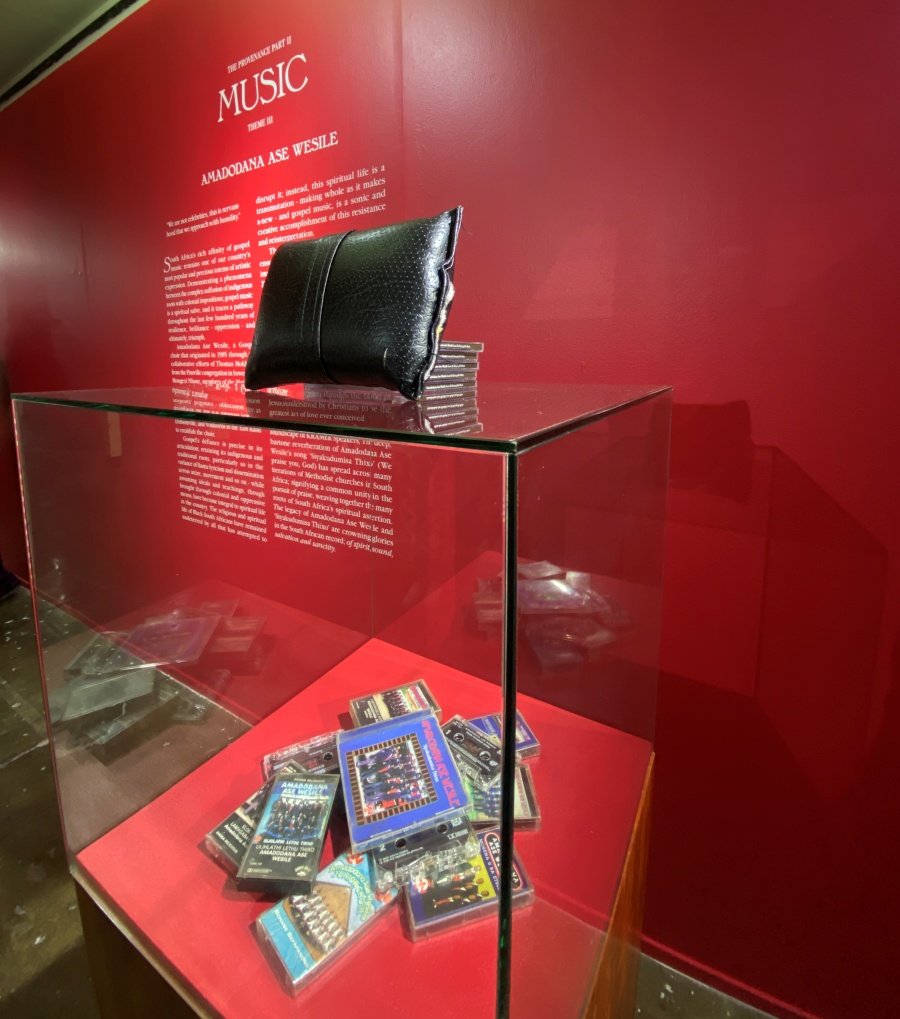
For Theme III – Music, a red room welcomes you to the evocative sounds of church hymns through the KRAMER speakers – a celebration of the Amadodana Ase Wesile gospel ensemble and the impact of its original members. The group was composed of 14 members who came together in 1985 through the collaborative effort of Mongezi Nhose and Thomas Mokhathi from the Pimville church congregation in Soweto, both of whom were part of the Methodist church’s Young Men’s Guild (YMG) of Gauteng’s Central District. The red colour of this room references the choir's servitude and salvation through the blood of Christ.
On display in this room is a vintage AKAI-X 330D, representative of what was used to record music in the 1980s, as well as a church pew, a discography of Amadodana Ase Wesile’s music, and a church beat; a leather pillow choir members beat while singing that serves an important role in the Methodist church.
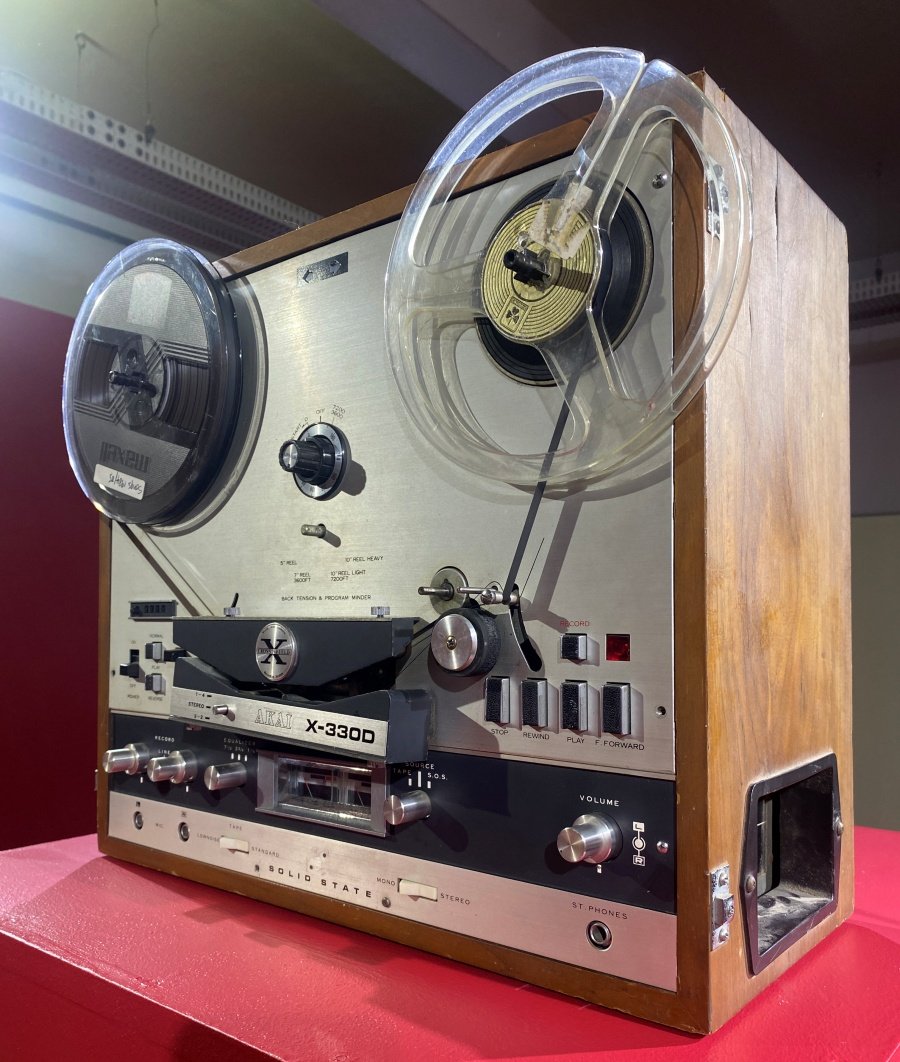
Upon entering Constitution Hill one is met with vibrant graffiti text on the walls professing the significance of the building and, more importantly, affirming this is a place of remembrance of how far we’ve come as a country in our 30 years of democracy. With this being a landmark year, the exhibition is perfectly timed. As a living museum that tells the story of South Africa’s journey to democracy, Constitution Hill is the perfect space for this to happen.
Mdingi established his self-titled fashion label Lukhanyo Mdingi in 2015. Inspired by cross-cultural references, his collections are renowned for their contemporary appeal and modern refinement. Mdingi has since made his mark in the fashion industry locally and has captured the attention of a global audience.
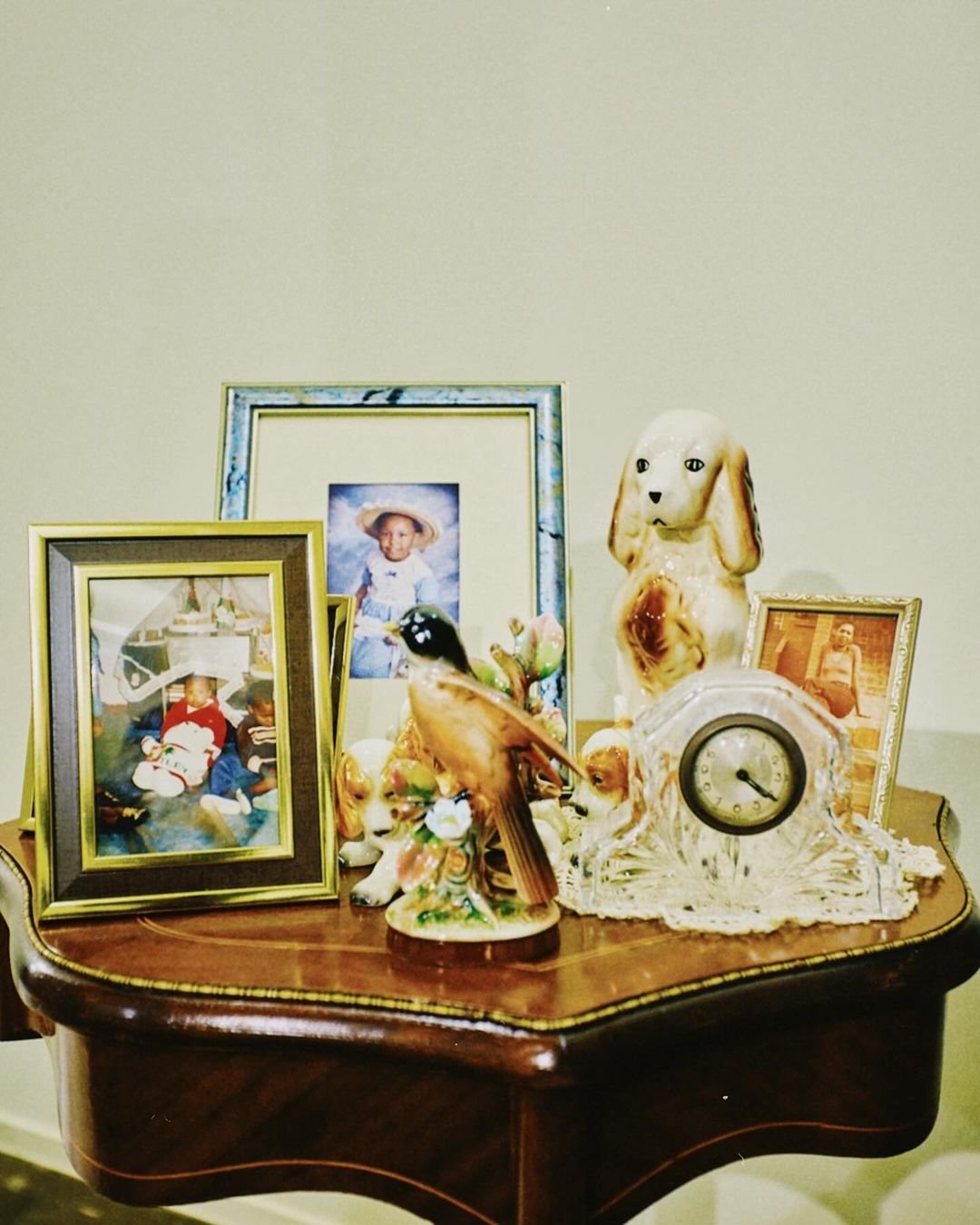
The recipient of the 2021 Karl Lagerfeld LVMH Prize, Mdingi presented The Provenance Part I exhibition in 2023. It was co-curated with South African artist Morné Visagie and focused on researching Lukhanyo Mdingi as a brand and getting to know its essence. The project has evolved into something broader in this second offering, connecting with South African history and how Bantu heritage co-exists within this. For Part II, Mdingi worked with gallerist and visual artist Banele Khoza of BKHz Gallery as his co-curator. Together they visited Mdingi’s Eastern Cape hometown in search of his origins, drawing inspiration for the exhibition.
The exhibition is also supported by The Manor, a community of creatives who value expression, individuality, and storytelling. Renowned South African photographer Trevor Stuurman founded the Manor to explore various art forms across fashion, design, photography, and film while simultaneously celebrating diversity and the heritage of those often left uncelebrated. It has grown a devoted following that supports the celebration and documentation of African art.
Experience the importance of archiving and storytelling as they relate to Bantu heritage in The Provenance Part II, showing at Constitution Hill until Mon, Jun 17.


 cropped_m.jpg)

 cropped_m.jpg)


Comments